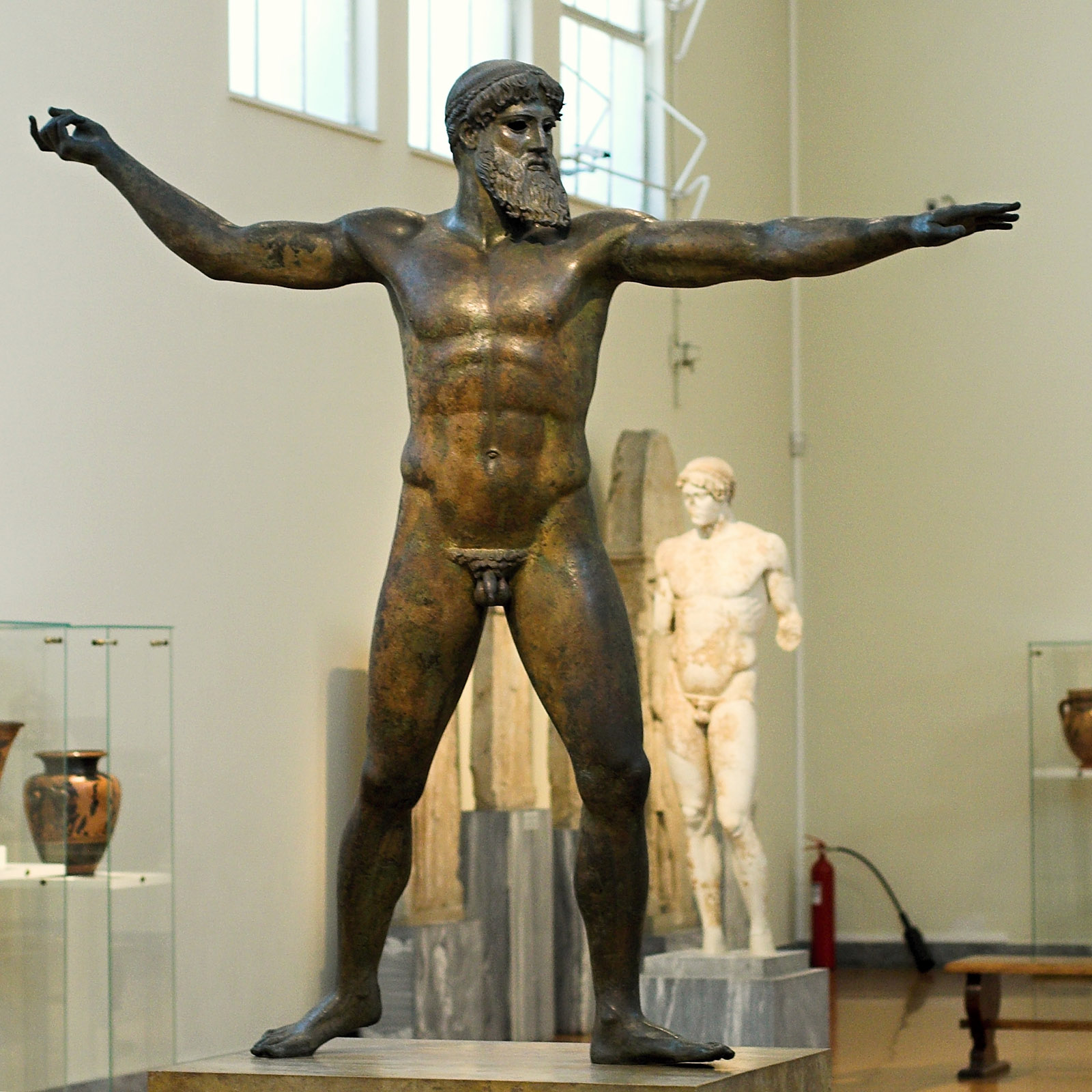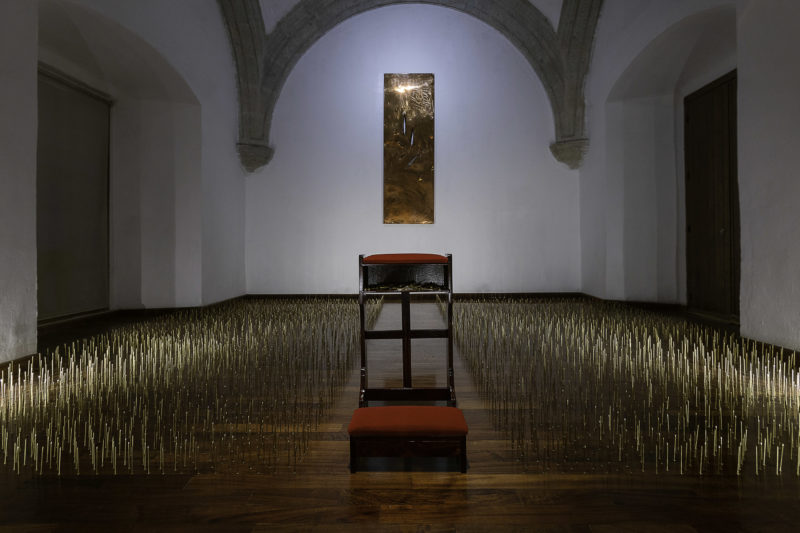The art of the ancient Greeks is responsible for much of our perception of the early days of what we now call Western civilization. Primarily via sculpture, the Greeks accomplished a great deal. They set the tone for the better-known art of the Roman Empire; they showed us, in fact, that a warring civilization could care about art for art’s sake; and they recorded heroes and gods that play into written accounts of religion and myth from the era. Though obscure in ways, the works of the ancient Greeks occupy a fascinating place in art history.
If you’re not intimately familiar with art from the days of Greek rule in the Mediterranean, you need only look through one writer’s list of six ancient Greek sculptures everyone should know to gain an understanding of its influence. Among these works you’ll see examples from the 4th century BC with astounding anatomical correctness, realistic balance, and a strong sense of motion – often things that we attribute to later artists (though admittedly, usually in painting). You will also notice that the pieces are particularly dramatic. The Artemision Bronze depicts a warrior-like figure (either Poseidon or Zeus) unmistakably in position to have once wielded a weapon – either a trident or a bolt of lightning. Laocoon And His Sons shows human figures attempting to escape the clutches of serpents.
Now, consider how we have grown accustomed to depicting the culture of ancient Greeks. In the film Troy they are dazzling figures, with physique not unlike that in The Artemision Bronze. In 300 they are even more anatomically impressive (indeed, to the point of digital enhancement), and as warlike as some of these old statues. More recently even than these films came out, a software company called Playtech released a line of slot games that are based on ancient Greek myths and make use of some of the legends’ most important figures. In these games, we see animated versions of popular gods surrounding a slot reel, and though they’re rendered on computers and in vivid color, there are similarities in their physiques, their poses, and even their attitudes.
Depictions like these – in films and games – are often thought to be somehow “cheesy” or overwrought. We constantly hear criticisms of such material as being hyper-fictionalized if not wholly inaccurate. And yet, some of our best examples of ancient Greek art actually appear to be the foundation for modern interpretations. It may be that we view this culture through a dramatic lens; but it may also be true that the ancient Greeks saw themselves in a similar light.
And as it happens, a very recent discovery not only reinforces this notion, but adds depth to it. It was just in 2015 when a Bronze Age tomb was uncovered in an olive grove in Pylos, Greece, holding a well-preserved skeleton of a 3,500-year-old Mycenaean noble (and filled with treasures). It has taken significant time for excavators to safely unearth the treasures of the tomb, because of the fragility that comes with age. But among the objects buried with the noble, dubbed the “Griffin Warrior,” a single limestone bead caught historians’ attention.
Initially unremarkable, the bead was gradually cleaned, and revealed a small, carved picture in stunningly intricate detail. A professor quoted in the article about the find noted that the picture’s representation of the human body “is at a level of detail and musculature that one doesn’t find again until the classical period,” some 1,000 years after the Griffin Warrior was buried. It is essentially our new earliest example of art with this level of sophistication, and shows that Greeks (or their predecessors) were interested in representational art before we previously thought them to be.
The image also shows a similarly war-like image to what we’ve come to expect from later Greeks. And, interestingly enough, it was crafted during the same era that we believe Homer wrote about, during which warriors and gods (in the poet’s words at least) roamed the Mediterranean and determined the course of history in bloody and romantic affairs.
The discovery of the Griffin Warrior and the art within his tomb has exciting implications. It tells us that “Western” art existed in sophisticated form long before we once thought it might have. And it further backs up the notion that our modern interpretation of Greek imagery and culture is actually backed up by the Greeks’ own vision of themselves.







